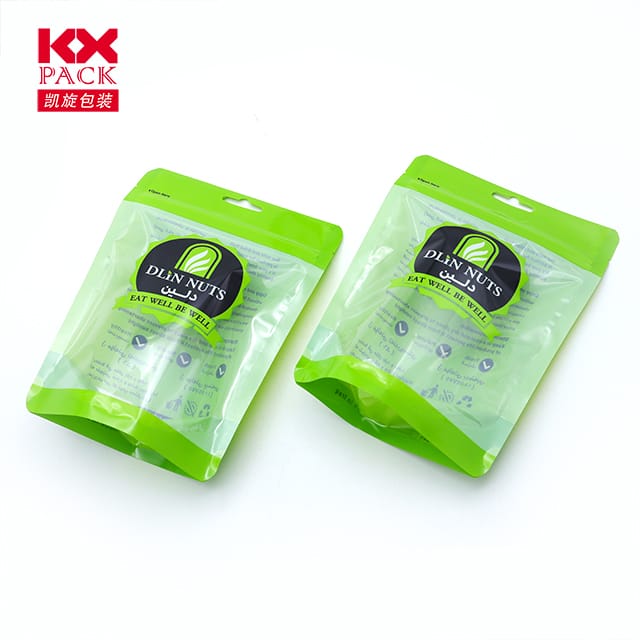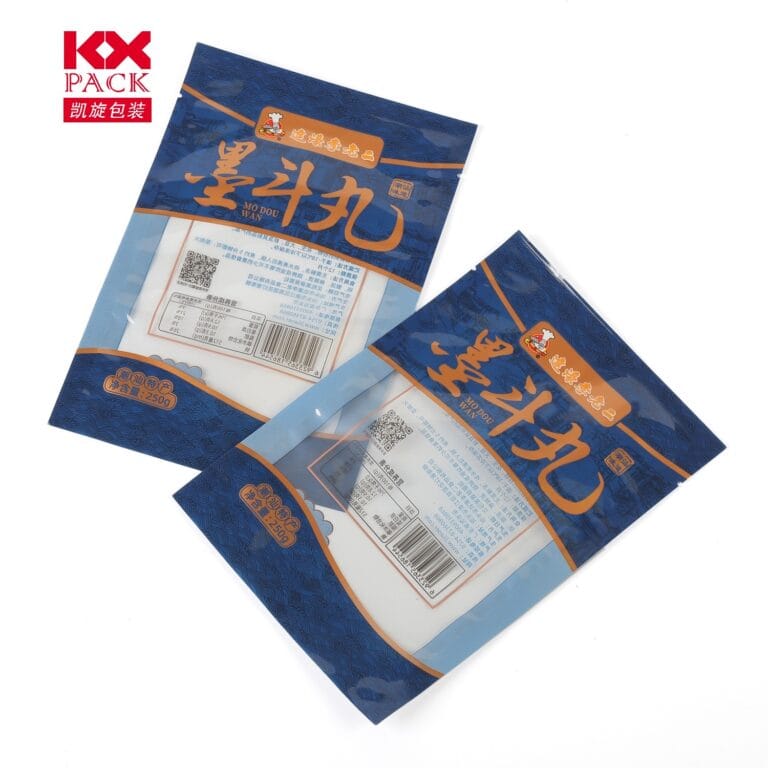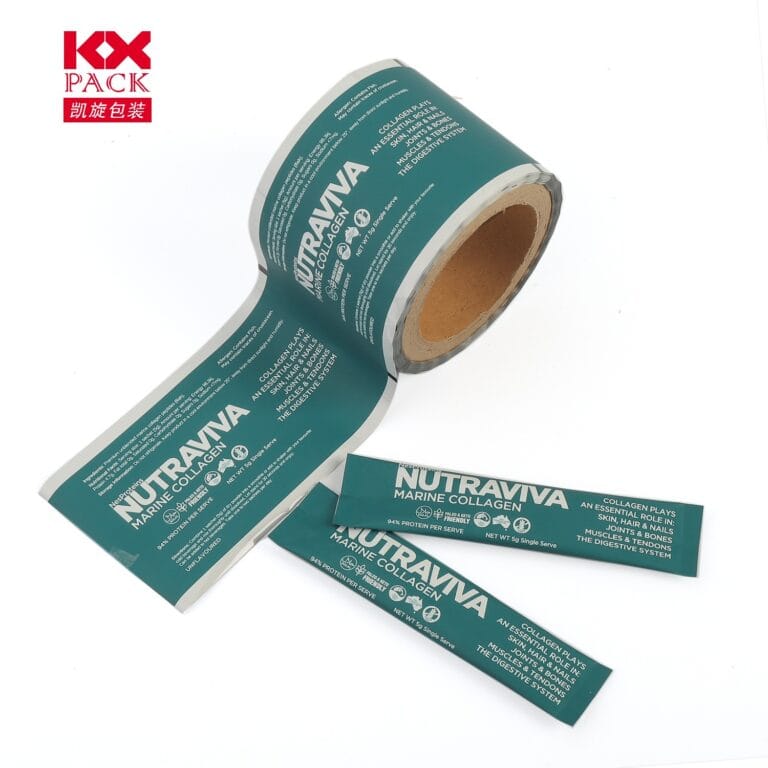ដាវមុខមួយដែលមានមុខពីរនៃខ្សែភាពយន្តរុំប្លាស្ទិច: ភាពងាយស្រួល Vs. ផលប៉ះពាល់បរិស្ថាន (2)
ខ្សែភាពយន្តរុំប្លាស្ទិច
ការនេនាមអាេយស្គាល់
ខ្សែភាពយន្តរុំប្លាស្ទិច, ដែលមានសន្លឹកដ៏ចម្លែកដែលត្រូវបានការពារដោយយាមអ្នកដែលនៅសល់របស់យើងនិងរក្សាផ្លែឈើស្រស់, គឺជាអាហារដែលមាននៅក្នុងផ្ទះបាយទំនើប. ដុមយ៉ាង, ភាពងាយស្រួលរបស់វាមានតំលៃថ្លៃ. នៅក្នុងការប្រកាសនេះ, យើងនឹងស្វែងយល់ពីតួនាទីពហុមុខងារនៃការរុំប្លាស្ទិចក្នុងជីវិតប្រចាំថ្ងៃ, ផលប៉ះពាល់បរិស្ថានរបស់វា, and how we can make smarter choices without sacrificing practicality.
1. The Unsung Hero of Kitchens
Let’s start with the positives. Plastic wrap’s versatility is unmatched:
- ការអភិរក្សអាហារ: It extends the shelf life of perishables by locking in moisture and blocking oxygen.
- Cooking & Baking: From covering rising dough to steaming vegetables, it’s a heat-resistant helper (when labeled microwave-safe).
- Organization: Sealing bowls, wrapping cut veggies, or even protecting documents—its uses go beyond the fridge.
2. The Environmental Dilemma
Here’s where the narrative takes a dark turn. Traditional plastic wrap is typically made fromប៉ូលីអេទីឡែន (PE), a petroleum-based plastic that takes centuries to decompose.
- Pollution: Mismanaged ខ្សែភាពយន្តរុំប្លាស្ទិច clogs landfills, rivers, and oceans, harming wildlife and ecosystems.
- ការកែច្នៃឡើងវិញនូវបញ្ហាប្រឈម: Most recycling facilities don’t accept plastic wrap due to its thin, stretchy nature, which jams machinery.
- Microplastics: Even when degraded, it breaks into microscopic particles, infiltrating soil and water systems.
3. A Call for Change: Sustainable Alternatives
ដំណឹងល្អ? Innovations are reshaping the plastic wrap industry. Here’s how to reduce your footprint:
- Reusable Wraps: Beeswax-coated cloths or silicone lids offer a durable, washable solution.
- Compostable Films: Made from plant-based materials like PLA (អាស៊ីត polylactic), these decompose in industrial composting facilities.
- Mindful Usage: Avoid overuse—opt for containers with lids when possible, and reuse clean wrap for non-food items.
4. How to Choose Wisely
When buying plastic wrap, look for:
- “Oxodegradable” Labels: While not perfect, these additives加速 breakdown in open environments.
- Certified Compostable Products: Check for BPI (Biodegradable Products Institute) certification.
- Support Eco-Brands: Companies like Bee’s Wrap or Abeego prioritize sustainability without compromising function.
5. Small Steps, ផលប៉ះពាល់ធំ
Change starts at home. By reducing reliance on single-use plastics and advocating for systemic shifts—like improved recycling infrastructure—we can curb plastic pollution.
សេចក្តីសន្និដ្ឋាន
Plastic wrap film is a double-edged sword: a lifesaver in the kitchen but a threat to the planet. While eliminating it entirely isn’t feasible overnight, conscious choices today can pave the way for a greener tomorrow. Let’s wrap up our habits—responsibly.
#PlasticFreeLiving #SustainableKitchen #EcoFriendlyAlternatives







